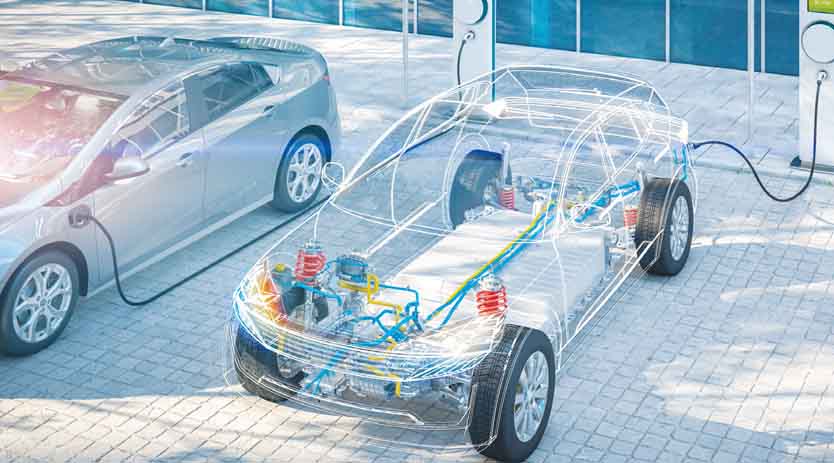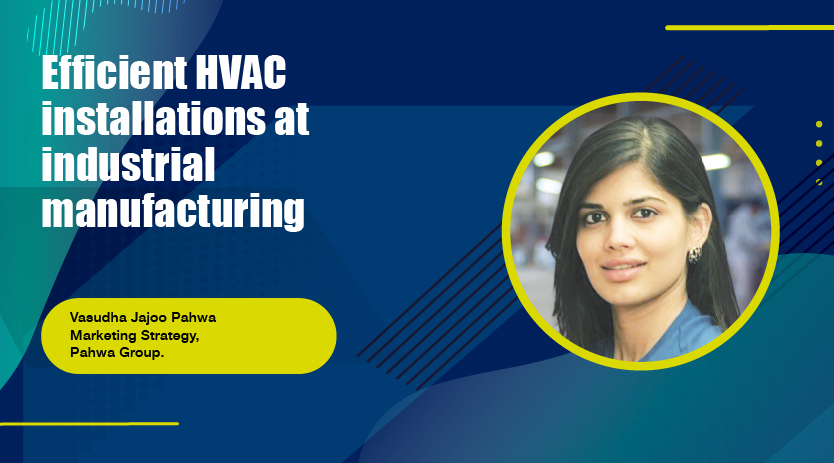The automotive industry is gearing up for a future enabled by EVs
February 14, 2023 4:29 pm
Batteries will play an important role in future, and what automation challenges car manufacturers and their suppliers will need to master in order to come out ahead deliberates B&R’s electromobility expert, Ronny Guber.
Factors driving E-mobility trends and forecast
Absolutely. The market share of electric vehicles has continued to grow exponentially, even during the global downturn in overall car sales due to the pandemic. Current forecasts predict that by 2036, electric passenger vehicles will surpass internal combustion engine (ICE) vehicles to make up most new car sales worldwide. Consumers are increasingly motivated by sustainability. Many people are ready to make their next car an electric one, and their decision hinges on two main factors: price and range. In other words: How much more do I have to pay for an electric car than a conventional one, and how far can I go before I start looking for a charging station? These are two areas where batteries play a decisive role.
Batteries account for around a third of electric vehicle costs, so producing them efficiently will be crucial to making the price tags more attractive to consumers. To improve vehicle range, you need to get the latest battery technology to market as quickly as possible and achieve very high manufacturing quality under susceptible conditions. Batteries play a decisive role in the price and range of electric vehicles – the two most influential factors for many consumers.
Battery production in factories
To a considerable degree, the answer will come down to how well those factories are automated. To reach the necessary capacity and cost efficiency, battery producers must eliminate stop-and-go traffic between processing stations and achieve cycle times that are orders of magnitude faster than traditional automotive components. The plants will need to be a continuous blur of high-speed productivity – like a battery production superhighway.
Automation technology for smooth production flow
That will be the central role of automation technology and intelligent transport systems. These systems allow you to keep the products on track, so there is no time wasted on unnecessary handling. Production can flow continuously at full speed while processing steps are accomplished in motion. And when you have lightning-fast synchronisation with other automation components along the track, you can get dramatic reductions in processing time at each step.
By combining a track system with machine vision, you can identify cells in 50 milliseconds as they pass by at 4 meters per second – with no external triggers, lights or expensive cameras. That would typically take two full seconds with the product stopped, so it’s a time savings of 97.5 percent. And there are many other steps in battery cell production, such as tape application, where doing them in motion brings time reductions of up to 90 percent or more.
With an intelligent track system, you can arrange the production flow as a network of interconnected stations. That way, you can coordinate cycle times and have fewer stations with better utilisation at each one. You can eliminate buffers and empty stretches of conveyors that take up space without adding value. By parallelising slower stations, you can multiply productivity without multiplying the footprint. With a networked production flow, parts are rerouted automatically around a faulty station, so small interruptions no longer have such an outsized impact on OEE the way they do with a traditional linear setup.

Battery production and the importance of time to market
With seven times the output per line, we’re seeing manufacturers replace four conventional lines with one high-speed line – a 75 percent reduction in floorspace. Or, to put it another way, having a factory that’s two or three times as fast is basically like having two or three factories. Ultimately, what that means for battery production is an outstanding return on investment.
Since we’re talking about designing a new battery production system, it’s imperative to have simulation-based development, testing and virtual commissioning tools. That way, you can compare layouts and forecast throughput before any hardware is involved. The sooner you know what to expect, the better. Then you can speed from conceptual design to deploying an optimised system without risking expensive delays and redesigns.
When your goal is to ramp up production as quickly as possible – you need multiple development teams working in tandem. So it is a huge benefit to have a universal engineering environment supporting concurrent development.
Apart from the production of individual battery cells, there will be even more opportunities for optimisation as cell production moves closer, with the assembly of cells into packs and integration into the car. All signs say that’s the way things are headed. With B&R’s entire portfolio of perfectly integrated automation technology, combined with the robotics and automated guided vehicle expertise from our parent company ABB, we are ready to start making that future a reality today.
Cookie Consent
We use cookies to personalize your experience. By continuing to visit this website you agree to our Terms & Conditions, Privacy Policy and Cookie Policy.


















